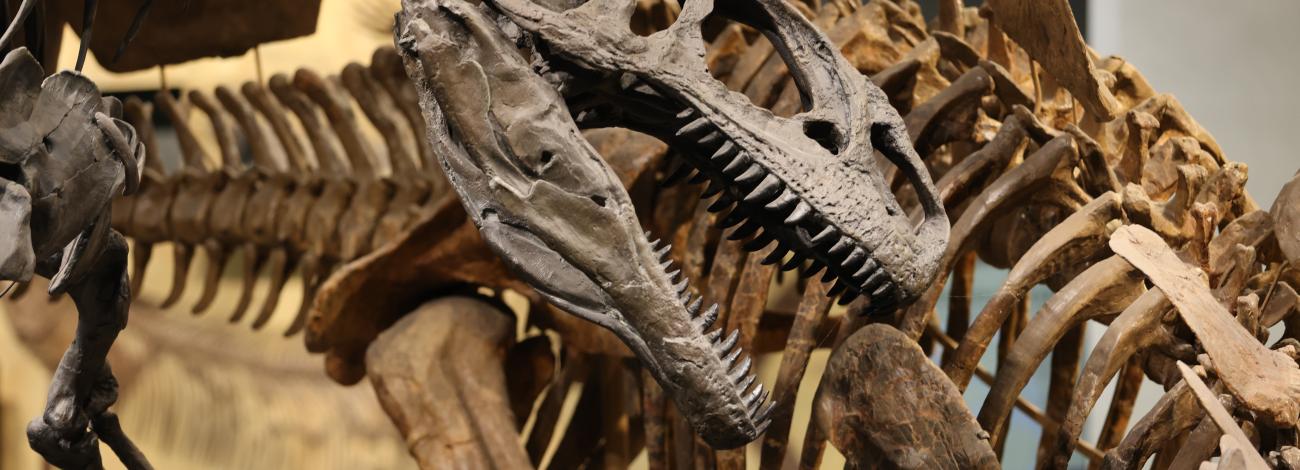
Paleontological Resources
The Bureau of Land Management preserves and promotes the incredible paleontological resources of America’s public lands. Through scientific research, responsible stewardship, and public engagement, the BLM enhances our understanding of ancient life and ecosystems and ensures that irreplaceable fossils are safeguarded for future generations.
BLM oversees nearly 250 million acres of public lands in the United States, encompassing vast and scientifically important paleontological resources. Based on acreage and known fossil localities, BLM is believed to be the world’s largest steward of paleontological resources. Some of the most awe-inspiring dinosaur exhibits displayed in museums nationwide were collected from lands administered by BLM. Millions of additional fossils from BLM-managed public lands are studied and curated by universities and museums.
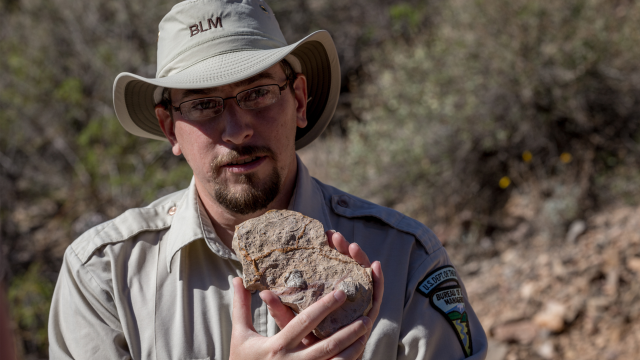
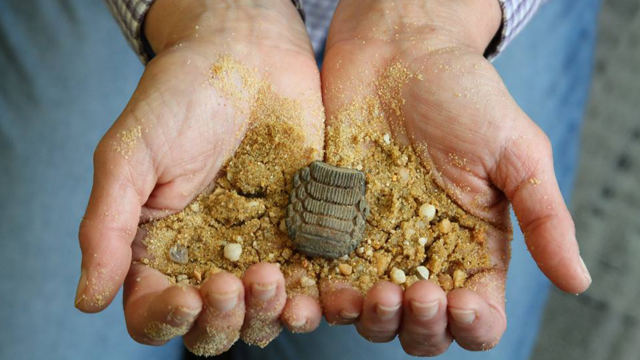
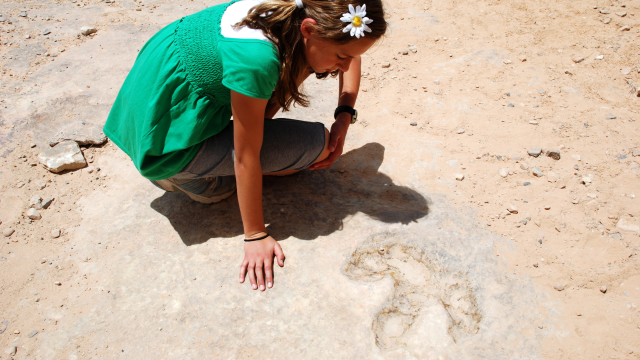
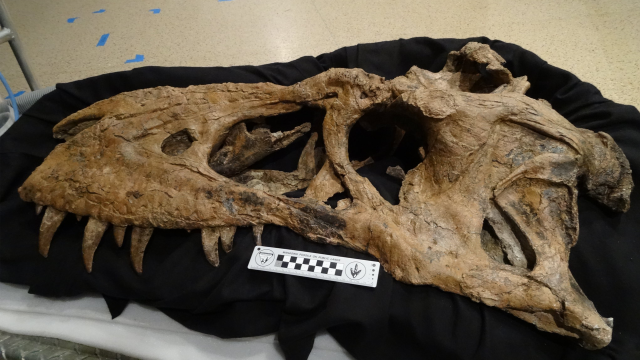
Partner Agencies
BLM is one of numerous public lands agencies with incredible paleontological stories, including:
